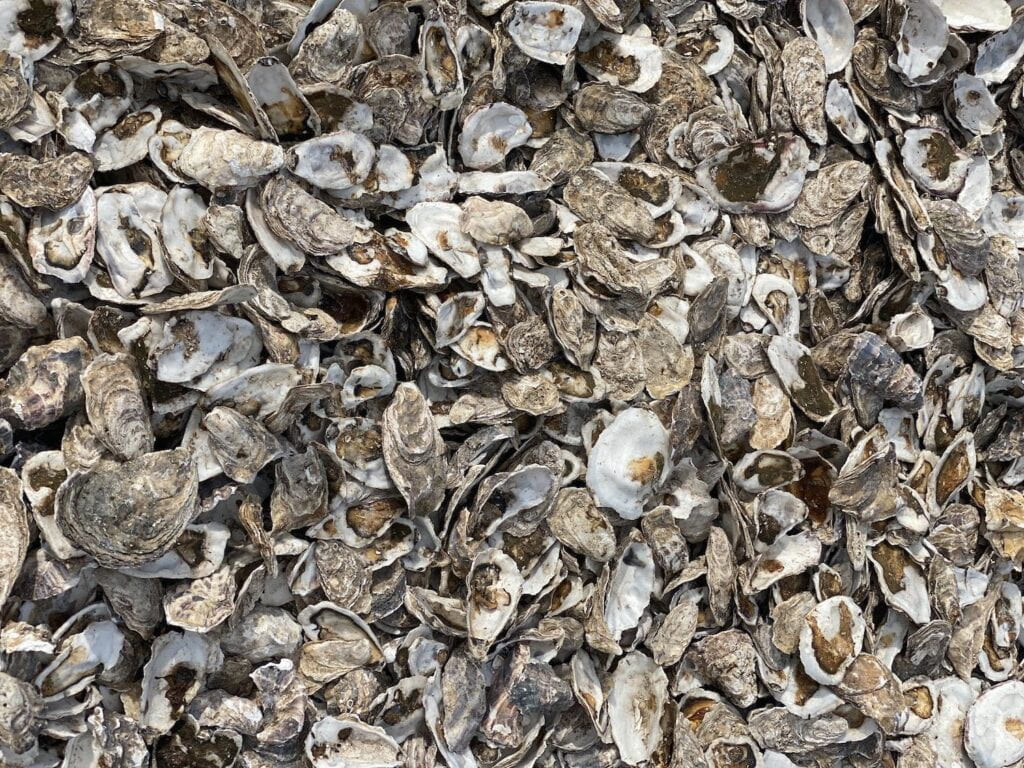Killing an estimated 20-50 million people, and infecting 500 people around the world (which is about a third of the world’s population at the time), the Spanish Flu was an incredibly deadly pandemic. Influenza is a respiratory virus that is transmitted by droplets, contact, and aerosol routes. The vaccine was not developed yet so people had to rely on primary preventative measures such as masks, quarantine, and distancing. This resulted in many immunocompr0mised individuals being disproportionately infected such as children, people older than 65 years old, pregnant women, and individuals with pre-existing medical conditions. In spring 1918, the first wave of the pandemic resulted in mild illness, however, the second wave was dominated by a highly virulent and more severe strain that reduced the American life expectancy by 12 years. The virus was not isolated to one place since it infected populations in Europe, Asia, and America, but since Spain was impacted the most the pandemic was labeled “the Spanish flu”. The route to natural immunity was devastating but, ultimately, that was the reason for the end of the pandemic.
Click here to read more.

